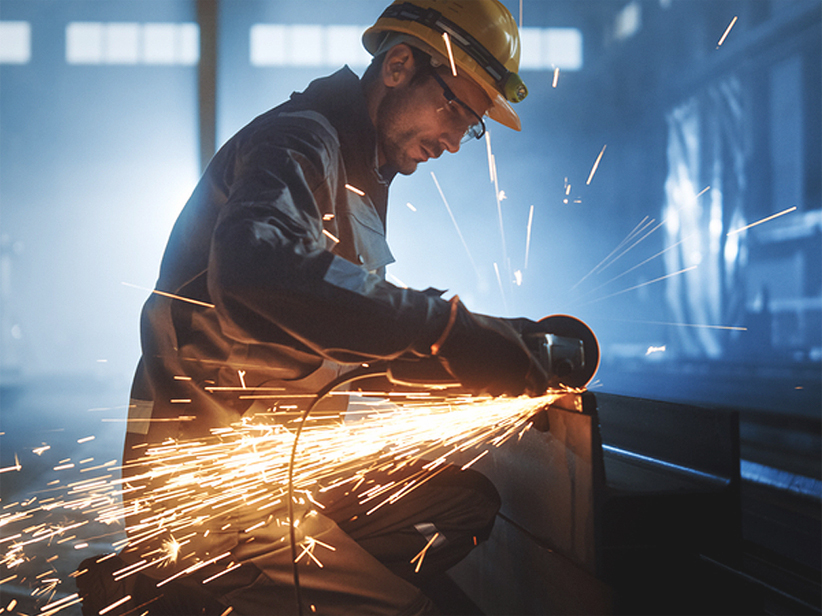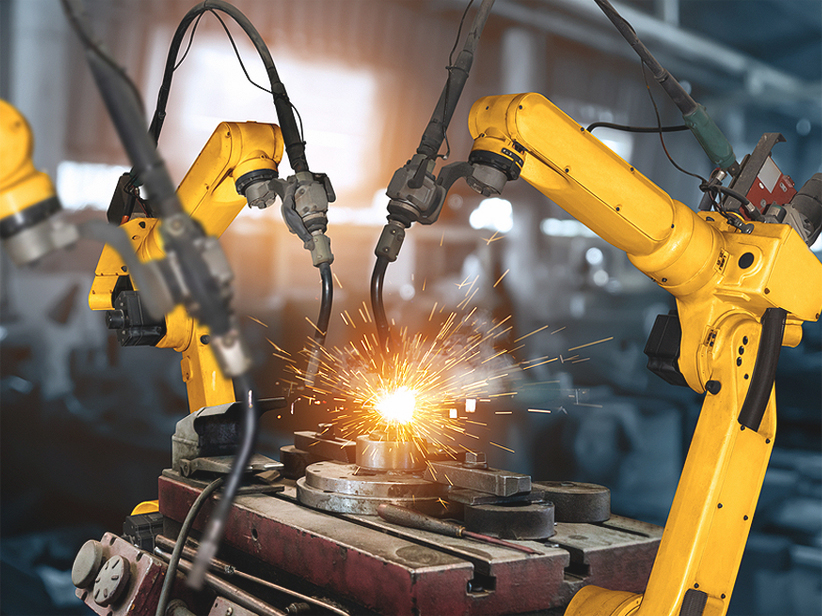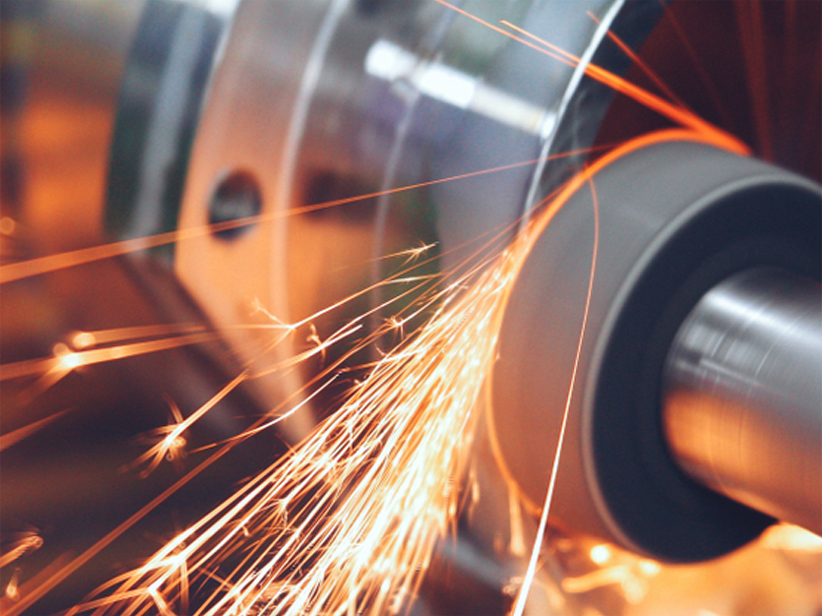Description
Stainless Steel Grade 316H/1.4919 is an enhanced version of Grade 316 stainless steel, offering improved high-temperature strength and oxidation resistance. It is a molybdenum-bearing austenitic stainless steel with a higher carbon content compared to standard 316, making it suitable for high-temperature environments where greater strength and durability are required. Grade 316H is commonly used in chemical processing, petrochemical industries, and high-temperature applications where resistance to corrosion and scaling is crucial.
Chemical Composition
Chromium (Cr): 16.0 - 18.0%
Nickel (Ni): 10.0 - 14.0%
Molybdenum (Mo):2.0 - 3.0%
Manganese (Mn): ≤ 2.0%
Silicon (Si): ≤ 1.0%
Carbon (C): 0.04 - 0.10%
Phosphorus (P): ≤ 0.045%
Sulfur (S): ≤ 0.030%
Nitrogen (N): ≤ 0.10%
Mechanical Properties
Tensile Strength: 515 MPa (75,000 psi) (min)
Yield Strength: 205 MPa (30,000 psi) (min)
Elongation in 50 mm: 40% (min)
Hardness: Rockwell B 85 (approximate)B
Thermal & Physical Properties
Density: 8.0 g/cm³
Melting Point: 1375 - 1400°C (2500 - 2550°F)
Thermal Conductivity: 16.3 W/m•K
Coefficient of Thermal Expansion: 16.0 x 10⁻⁶ /°C (0.0090 x 10⁻⁶ /°F) in the
Specific Heat Capacity:500 J/kg•K
Temperature Range:20 - 100°C
Other Designations
UNS: S31609
ISO: 1.4401 (for standard 316), 1.4404 (for standard 316L)
DIN:X6CrNiMoTi17-12-2
Fabrication and Heat Treatment
Forming: Grade 316H/1.4919 can be cold worked using standard techniques such as bending, drawing, and rolling. It is highly formable due to its austenitic structure.
Welding: Suitable for welding using common techniques such as TIG and MIG. It is recommended to use a filler metal with a similar composition to ensure weld integrity.
Heat Treatment: Typically not hardened by heat treatment. Annealing is performed at temperatures of 1010 - 1120°C (1850 - 2050°F) followed by rapid cooling to relieve stresses and improve toughness.
Applications
Chemical Processing: Equipment and piping systems used in the chemical industry that are exposed to corrosive chemicals and high temperatures.
Petrochemical Industry: Components in refineries and chemical plants that operate under extreme conditions.
Marine Environment: Parts exposed to marine environments where resistance to chloride-induced pitting is crucial.
High-Temperature Furnaces:Components and structures in high-temperature furnace applications.
Food Processing: Equipment in food and beverage industries where high-temperature sterilization is required.
Supplied Forms
Bars and Rods
Wires and Strips
Fittings and Flanges
Features
High-Temperature Strength: Maintains strength and resistance to scaling and oxidation at elevated temperatures.
Excellent Corrosion Resistance: Superior resistance to pitting, crevice corrosion, and oxidation.
Good Fabricability: Can be easily formed and welded, suitable for complex shapes and structures.
Durability: Robust performance in harsh environments and high-temperature conditions.






